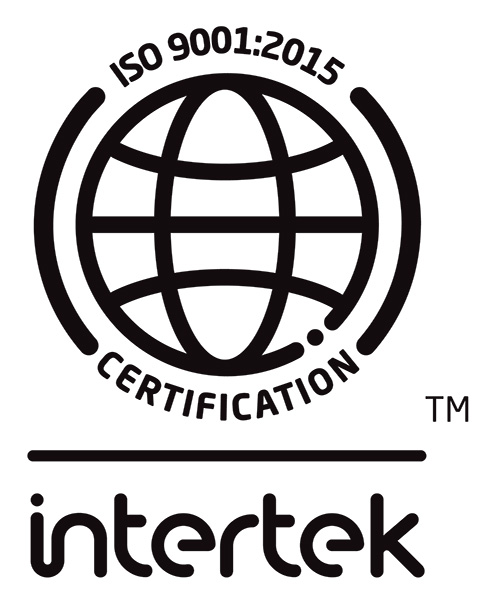
by Robert Rennie
The importance of capturing the most appropriate clinical breakpoints for antimicrobial susceptibility cannot be overstated. Antimicrobial resistance has become a major consideration for clinicians and laboratorians alike. It is important that susceptibility breakpoints that are established are global, and that there is input from many quarters to ensure that we get the right answer.
In the past, collections of isolates of various species, without known resistance determinants (so-called wild-type strains), and clinical trials comparing minimal inhibitory concentrations (MICs) and microbiological and clinical cure rates were used predominantly to establish susceptibility breakpoints. With new agents, initial development of resistance was not usually a concern. Further, in many cases, buffer zones above the higher end of the wild-type distribution was considered acceptable to establish a susceptible breakpoint.
Like many other disciplines, we now know that simplistic notion do not capture the true efficacy of an antimicrobial – microorganism combination. Other factors like pharmacokinetic/pharmacodynamics (PK/PD), target attainment, effects of protein binding, clearance, effects of white cells, etc., all affect whether the antimicrobial will most likely be able to resolve a patient’s infection. It is of little use if different laboratories use different methods, and have different breakpoints. It not possible to establish true rates of resistance that are comparable to other jurisdictions. In that instance surveillance for antimicrobial resistance cannot be utilized effectively for interventions or antimicrobial stewardship.
This movement for global harmonization of antimicrobial testing methodology, and establishment of standardized breakpoints is an important component of laboratory investigation of antimicrobials.
For the past 10 – 15 years, a movement in Europe (EUCAST) has brought together a variety of disparate countries, each with their own methods, and breakpoints to mold a unified system throughout most of Europe. This serves as a starting point for movement towards global harmonization. Each of those countries within EUCAST has its own National Antibiotic Committee (NAC), and they all feed information and ideas into the “mother ship”, and have input into development of methods and standardization of breakpoints.
Using that basis, other countries (USCAST – USA; AUSCAST – Australia; China, and several others) have created their own NACs to participate in this important globalization. Outside Europe, other countries have different antibiotics within national formularies, and need to have their own NACs to serve their laboratories effectively and represent national interests within the global context. Canada is no different.
In that light, we have taken early steps to establish CANCAST. Like other NACs, CANCAST is formulated in the same manner with an Executive (or Steering Committee) and will have advisors and observers from the laboratory, pharmacology, antimicrobial resistance, accreditation, quality assurance and other groups to inform and provide advice on the most appropriate way to formulate, standardize and implement antimicrobial susceptibility testing across the country in concert with other NACs and EUCAST. Our initial Steering Committee consists of medical and clinical microbiologists, pharmacologists, antimicrobial resistance specialists, adult and pediatric infectious diseases physicians, and Health Canada (TPD – ex officio to provide advice on new antimicrobials). We are fortunate to have administrative support provided by Canadian Standards Group.
The goals of CANCAST are to interact with clinical microbiology laboratories across Canada to provide materials through a Website with breakpoint and quality control tables, and methodologies that are globally standardized, and perhaps more important are free for laboratories to use and can be rapidly updated with the latest changes and information. Through webinars and workshops, laboratories will have the opportunity to have input to the Steering Committee on ongoing improvements in methodology, etc., that can be taken to the international group to help inform and influence the continuing development of accurate antibiotic susceptibility reporting in the global environment.
CANCAST is in very early development. Sustainable funding is being sought to provide for that ongoing advancement of the program. We are looking for the best ways to create and maintain a user friendly Website with appropriate Tables and Rationale Documents detailing how the breakpoints have been developed. All of this is essential so that laboratories can interact effectively with clinical colleagues on antimicrobial issues.
It is important for Canada in this global environment to have an identifiable NAC working with our global partners. We are hopeful that Canadian clinical microbiology laboratories will embrace this movement to global harmonization of antimicrobial breakpoints, ensuring that susceptibility testing results are consistent across the country and with laboratories around the world. As we move this initiative forward, more information will become available.
At this time, any questions or requests for additional information can be addressed to rprennie@shaw.ca. As the initiator and chair of CANCAST, I will be pleased to try to address those issues until such time as our Website is established.




